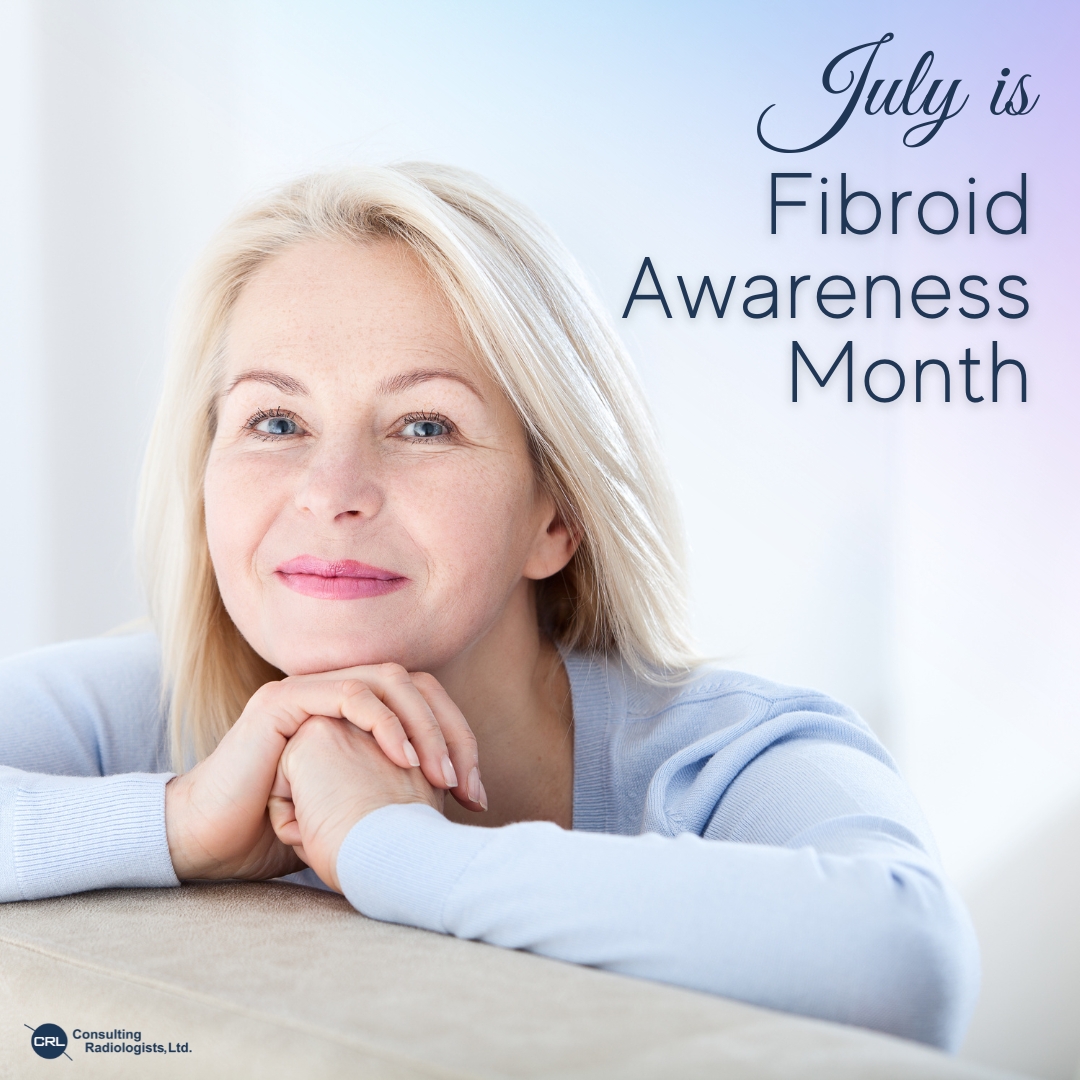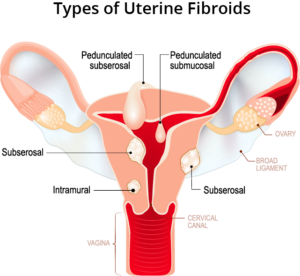
Fibroid Awareness Matters
Each year during the month of July, we join individuals and organizations worldwide to bring awareness to uterine fibroids to encourage funding and research, support the women suffering from fibroids, and empower them to seek treatment options and make informed decisions about their health.
What Are Uterine Fibroids
Uterine fibroids, also referred to as leiomyomas, are the most frequently occurring tumor in the female reproductive system affecting millions of women worldwide. These benign, non-cancerous growths can vary in size, form, and location inside the uterine muscle tissue. While they are quite common, the impact of uterine fibroids can differ significantly from person to person.

Why Is It Important To Know About Uterine Fibroids
All women are at potential risk of developing uterine fibroids. While uterine fibroids have been reported in women younger than 35, most cases affect women between the ages of 35 and 54, with nearly half of all women developing uterine fibroids by age 50. For women living with uterine fibroids, the challenges can be both physical and emotional.
How Do You Know If You Have Uterine Fibroids
Most women who have uterine fibroids are asymptomatic, and the fibroid is only found during routine pelvic exams. Women who do experience symptoms can find fibroids challenging to live with and may notice some of the following symptoms:
- Excessive and prolonged menstrual bleeding
- Constipation or bloating
- Pelvic pressure
- Frequent urination
- Pain or pressure in the back of the legs
- Anemia / low hemoglobin
- Pain during sexual intercourse
Uterine Fibroid Embolization
Among the potential treatments offering a less invasive alternative to surgical procedures while preserving the uterus is Uterine Fibroid Embolization (UFE), often referred to as Uterine Artery Embolization (UAE), where a thin tube known as a “catheter” is inserted into an artery in the leg or arm. Then using a special dye and x-ray to show the blood supply to the fibroid, the Vascular & Interventional Radiologist will inject tiny beads into the artery to block the blood flow to the fibroid causing it to shrink.
In addition to relieving symptoms, some other advantages to Uterine Fibroid Embolization are shorter recovery times and minimal complication risks. A woman should consult with her gynecologist or healthcare provider for treatment options if they have been diagnosed or suspect they have uterine fibroids.
Uterine Fibroid Awareness Matters
Many women diagnosed with Uterine Fibroids are unaware of their treatment options. Uterine Fibroid Awareness Month provides an opportunity to increase awareness and encourage and empower women to take an active role in their health.
For more information on this procedure, locations, and additional resources: